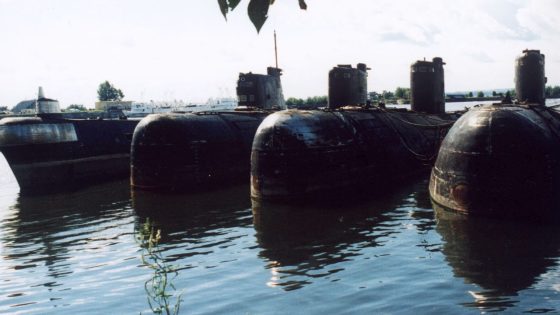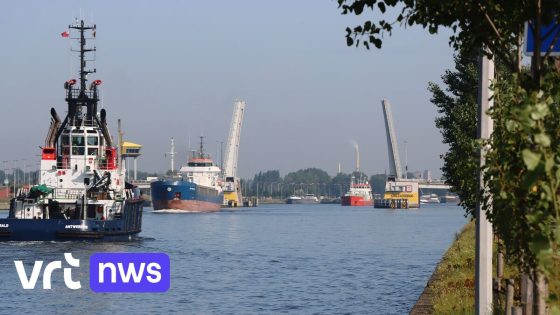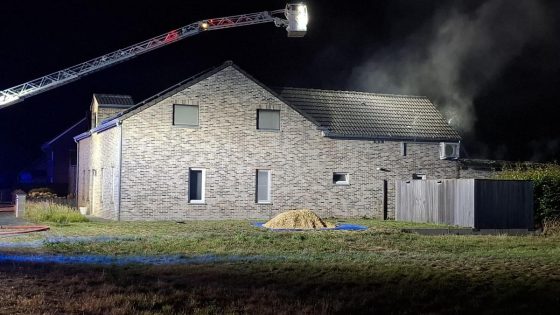Recent seismic activity has raised concerns across the U.S. as a tsunami warning was issued following a powerful earthquake in Kamchatka, Russia. The event, which occurred on August 1, 2025, has prompted discussions on the potential impact on the U.S. West Coast.
- Russia's submarine base affected by tsunami
- Hawaii cruise ships abandon passengers during warnings
- Tsunami waves reach US west coast
- Minimal U.S. impact from tsunami forecast
- Kamchatka earthquake ranks among strongest recorded
Satellite images reveal that Russia’s nuclear submarine base was struck by the tsunami, illustrating the significant force of the waves. Meanwhile, cruise ships in Hawaii have left passengers behind amid the warnings, highlighting the chaos that can ensue during such natural disasters.
As the U.S. prepares for any aftereffects, many are left wondering: how accurate are tsunami forecasts? This situation serves as a reminder of the unpredictable nature of seismic events.
The recent tsunami warnings raise an important question: how prepared is the U.S. for such natural disasters? The minimal effects reported do not diminish the need for vigilance. Key points include:
- Satellite imagery confirms damage to Russian infrastructure.
- Hawaii’s cruise industry faces backlash for leaving passengers behind.
- Seismic activity highlights the interconnectedness of global events.
As we move forward, it’s crucial for individuals and communities to stay updated on tsunami preparedness measures and ensure safety protocols are in place.































